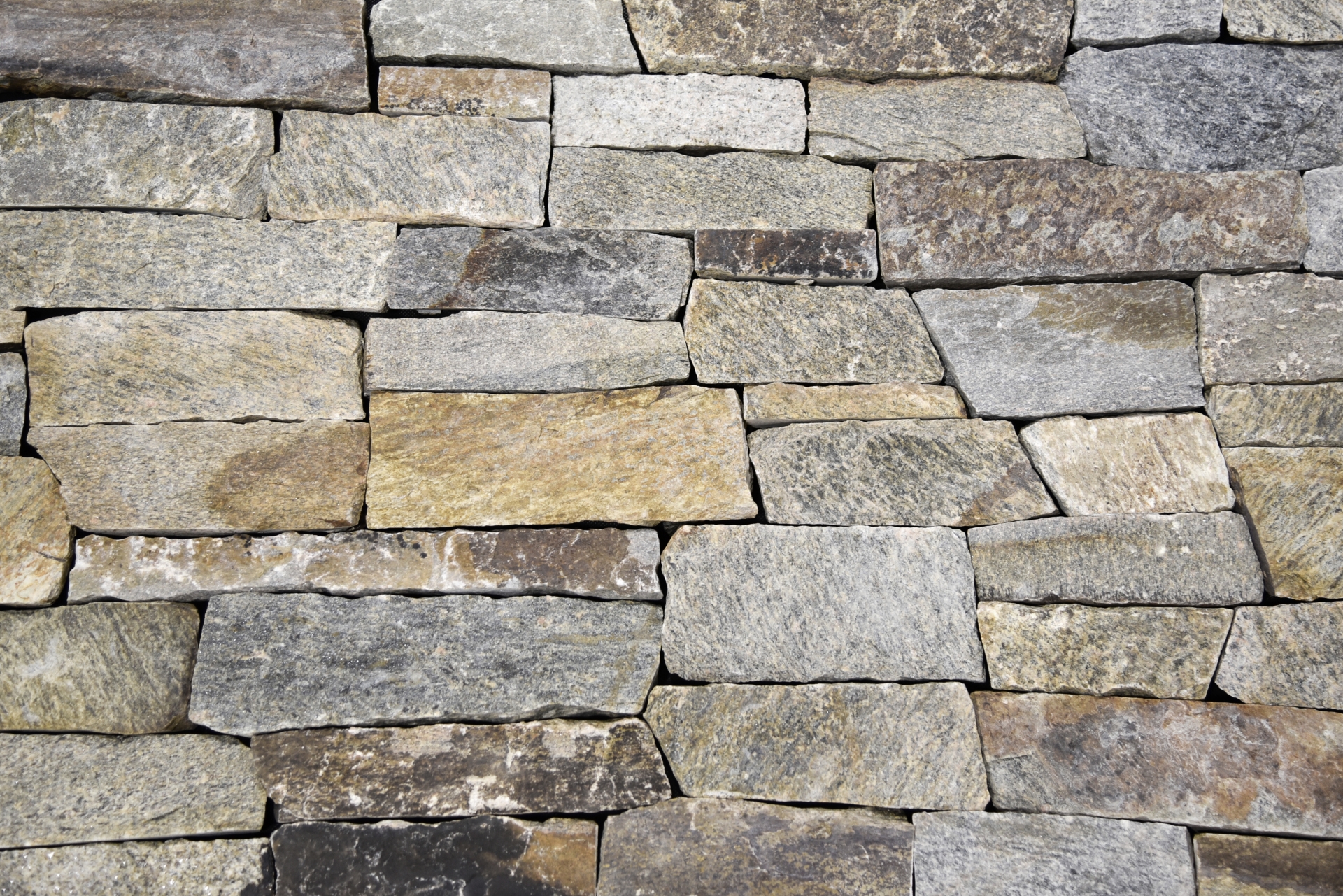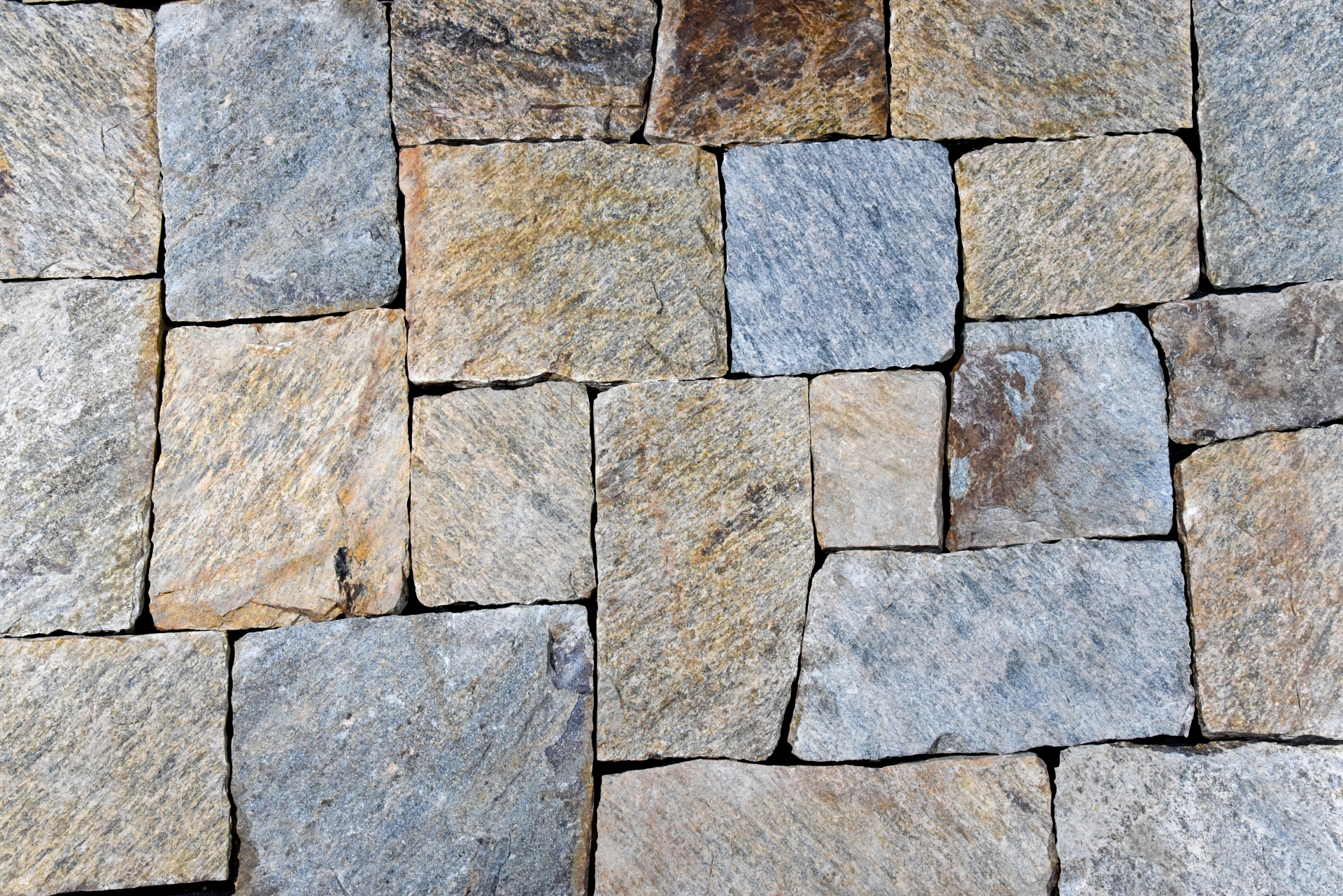
Cement and mortar allow for the construction of more stable, free-standing stone walls while also providing more protection against moisture and the elements. It is possible to build free-standing stone walls without cement or mortar, but that requires very precise construction and that the structure be tapered inward. Stone either needs to be laid directly onto concrete, stone or a block by a skilled mason.
#Stone veeer install
Alternatives to stone, like faux wall panels from Texture Plus, require less skilled labor to install and so can save on both time and money. Masonry is considered very labor-intensive work, so expect to pay between $20 and $30 per square foot for installation. You may not have access to the stone you want, or else need to pay extra for transportation. Part of the expense comes because natural stone must be quarried from specific locations, so availability of certain types of stone will vary by region. Stone is one of the most expensive materials to work with, as materials can range from $35 to $50 per square foot. Clean with a soft-bristled brush or sponge and rinse with water until no soapy residue remains. Avoid cleaning your stone with products containing acids, ammonia, bleach or other harsh cleaning products as you can risk stripping the color or even damaging the surface of your stone. Construction requires the work of a skilled stonemason, to ensure that joints are tight, lines are straight and corners are built correctly.Īlthough stone is durable, as a natural material some types are vulnerable to harsh chemical cleaners.

Natural stone is difficult to cut and shape, leaving you a choice between trying to make some awkward fits for pieces, or absorbing the cost of cutting and shaping pieces. This strength and density are why it’s valued for its durability and longevity, but also why it can pose a challenge. Natural stone is extremely heavy, the heaviest of all the most common building materials. The biggest factor with stone comes down to weight. If you’re looking to build something with the unique look of stone, it’s worth considering whether solid stone or stone veneer is more appropriate for your project and budget. Manufactured stone veneer is usually created by combining cement or similar mixtures with iron oxides into a mold, then often painted or colored to stone’s natural variation of looks. Stone veneer can be natural stone cut thin, or it could be a man-made material engineered to look like real stone, also referred to as architectural stone, cultured stone or manufactured stone. Piling stones and mortar creates a solid stone foundation, but there’s also the alternative of using stone veneer as a siding. It’s this timeless look, in addition to stone’s strength and durability, that has kept it as a desirable building resource despite the introduction of other materials like wood, brick, stucco and vinyl. No two structures will look quite the same. Having been used for millennia as a building resource, today stone is still mined in natural quarries and then cut and sliced for use in constructing flooring, walls, exteriors and landscaping.Īs each stone pulled from the earth is one-of-a-kind in size, shape and mineral composition, the achieved final look is entirely original to that particular construction.

There’s something wholly unique about the use of stone in construction. Stone Veneer: A Look at Costs, Installation Processes and Benefits


 0 kommentar(er)
0 kommentar(er)
